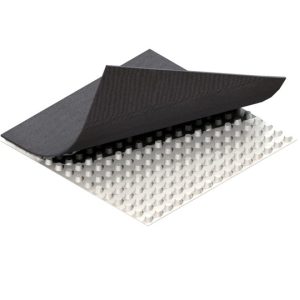The Ultimate Guide to Tissue Paper Machines: How They Work and Why They Matter
The Ultimate Guide to Tissue Paper Machines: How They Work and Why They Matter
Have you ever wondered how that soft, absorbent tissue paper appears in your home or office? It all starts with an industrial marvel—the tissue paper machine. These complex systems transform raw pulp into the delicate paper products we use daily. In this guide, we’ll explore their inner workings, importance, and how they benefit various industries.
Key Components and Functionality
A tissue paper machine operates through several stages: pulping, sheet formation, pressing, drying, and winding. First, wood or recycled fibers are mixed with water to create pulp. This slurry then enters the forming section, where it’s spread onto a mesh screen to drain water and form a thin sheet. Next, the sheet moves through press rolls to remove excess moisture before entering the Yankee dryer—a heated cylinder that evaporates remaining water and adds softness. Finally, the dried paper is wound into large rolls for converting into consumer products like toilet paper or facial tissues.
Why Tissue Paper Machines Are Essential
These machines are vital for meeting global demand for hygienic and disposable paper products. Efficient tissue paper machines reduce waste, conserve energy, and support sustainability by using recycled materials. Industries rely on them for producing high-quality, consistent products that enhance daily comfort and sanitation.
Common Questions About Tissue Paper Production
How long does it take to produce tissue paper? From pulp to finished roll, the process typically takes a few minutes, depending on machine speed and design.
Can tissue machines use recycled materials? Yes, many modern machines are optimized for recycled fibers, aligning with eco-friendly practices.
Upgrade Your Production Line Today
Ready to boost efficiency and output? Explore advanced tissue paper machine solutions tailored to your needs. Visit our website to learn more and request a customized quote—let’s transform your paper manufacturing process together!


